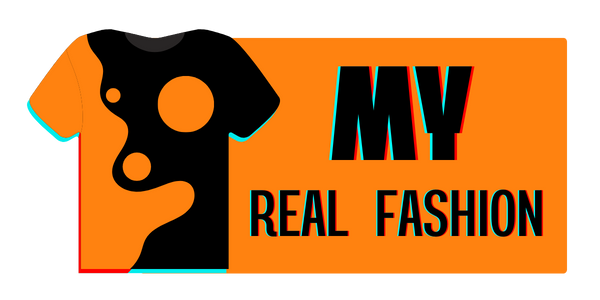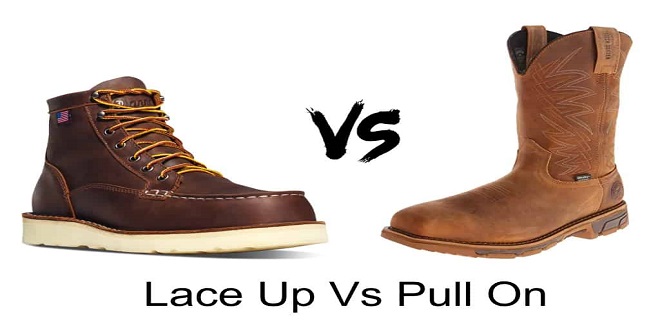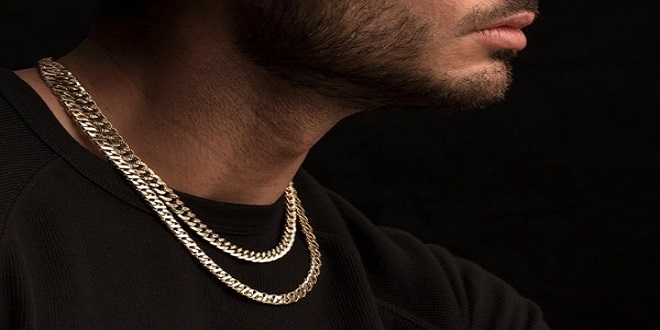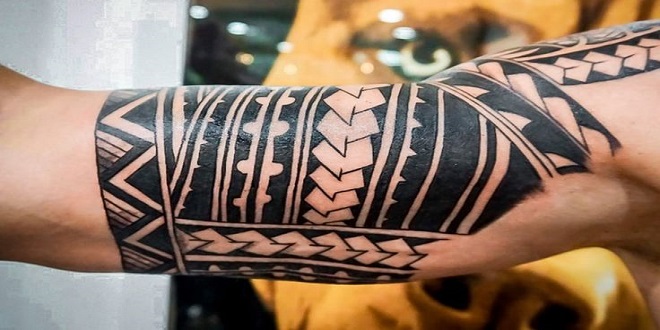How to Fit a Men’s Dress shirt
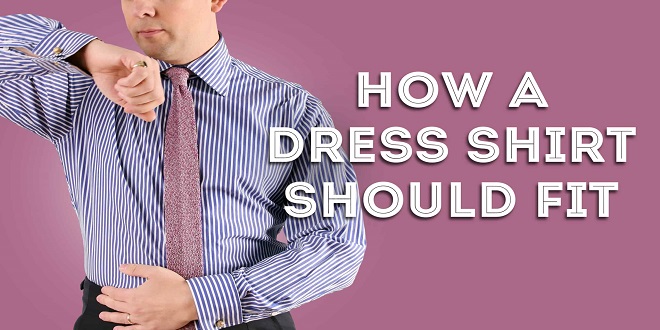
Dress shirts are an essential piece of men’s clothing and can be worn casually or dressed up. Button-ups are great with a formal suit. While button-downs look great with chinos and tie, they can also be worn with jeans or under a sport coat. Dress shirts can be worn in many ways, and they are very flattering, as long as they fit properly.
Many men are wearing dress shirts that do not fit well. They may be too small or 1-2 sizes too large. It may not be noticed by the wearer, but others will. You will look unprofessional and sloppy in poorly-fitted dress shirts.
Most men don’t know that dress shirts they buy off the rack are not suitable for them. A shirt purchased off the rack will not fit you perfectly. Once you have purchased a dress shirt, you should take it to a skilled tailor. He can make adjustments to ensure it fits perfectly. You can also buy a custom-made shirt that will fit you perfectly right away.
A tailor can’t make all adjustments so it is best to purchase an off-the rack dress shirt. However, it’s better if the size you choose is a bit larger than the size you actually need. Below are some tips to help you make the right selections and to let you know what adjustments to make.
Collared Dress Shirt Collared
Your collar is responsible for framing your face. A poorly-fitted collar can result in a garment that is not balanced. When you try on a garment, you need to pay attention to its collar. Bad collars can make $200 shirts look unprofessional, but a great collar can make $20 shirts look fantastic.
Too tight: The collar is too close to pinch the skin below. It’ll be obvious and very uncomfortable. Without tugging or stretching, it would be impossible for a finger to touch the collar and neck without pulling.
Too loose: The collar does not touch the neck but rests on the entire area around it. It almost looks like a collar from a coat that has been hung up too often. The gap is large enough for four fingers to fit in.
Just right: A proper fit is one where the collar touches the skin around the neck but not presses against it. Two fingers can be comfortably slipped between the collar and your neck at any time.
Dress Shirt Shoulder Fit
To tight: Shift the shoulder points towards your neck and away from your shoulders. The sleeves can also rest over your shoulders, creating wrinkles.
Too loose: Your shoulder points should be lowered to your shoulders, and then down onto your upper arms. Your upper body will appear larger due to the tendency of your shirt to balloon. These points are difficult to adjust so it’s worth not having your shirt tailored.
Just right: The point where your shoulder points meet the plane of your outer arm is called the “shoulder point”. The armcye is the hole at the seam where the sleeves join the shirt body. It’s large enough to allow you to move your arms comfortably and freely.
Dress Shirt Torso
Too tight: You will notice that buttons are difficult to close which can cause wrinkles around the buttonholes. Tight sleeves can also pull on the sleeves, which puts pressure on the shoulder seams.
Too loose: Excess fabric can billow around your waist and chest. This shirt causes “muffin-topping”, or a bunching of fabric around the waist. This can be solved by having the torso measured and sized down or trying a different brand that fits better.
This shirt is just right It’s easy to button up. The placket’s underside (where buttons and buttonholes meet), should be slightly pressed against your mid-ribcage. You can tuck the shirt in with no billowing.
Dress Shirt Sleeve Fit
To tight: If you wear the shirt with your arms down, you will feel a pinching sensation at your elbows or shoulders. Your movement will be restricted by the sleeves, which can also show too many wrinkles.
Too loose: The sleeves are so sloppy that they create folds in the cloth, especially around their cuff. The sleeves could have more than 3 inches of fabric, so they should be brought in or reduced.
Just right: The sleeves should be slightly longer at the upper arm than at the cuff and have a smooth, even taper. When the arms are hung straight down, there is a little bit of fabric loosening (about 1-2 inches). This allows you enough freedom of movement.
Dress Shirt Sleeve Length
Too Short: These are where the wrist bones or the cuffs are exposed. This makes the shirt look sloppy, so it’s best to choose a brand with longer sleeves.
Too long: Your sleeves reach all the way down to your heels. This causes fabric to bunch up at the end of the cuffs. The sleeves will cover your watch every time you wear it.
Just right: The sleeves reach all the way to your wrist, just below the wrist bone. The shirt cuff extends approximately 1/2 inch beyond the jacket sleeves when you are wearing a jacket. When you wear a jacket, the cuff should touch your watch (and in some positions cover) it.
Dress Shirt Sleeve Cuff Fit
Tight: The sleeves of the shirt are too tight and can’t be taken off without unbuttoning them (or pressing a button). You feel as though the cuffs are pressing against your skin all the way to the wrists. You can move the button, or opt for a larger size.
Too loose: The cuffs can be worn over watches, and have enough space for fingers to slip between the cloth. When your arms are placed against a flat surface, such as a table or table, the cuff fabric can form wrinkles or folds. You will need to adjust the cuff button to make it fit properly.
Just right: The cuffs must be close to your skin, but still allow for space between the fabric & your wrists. The shirt can be put on and taken off easily without forming wrinkles. It’s a good idea to adjust the size of your cuffs if you are frequently wearing a watch.
Dress Shirts Bottom Hem Length
Too short: The shirt should barely cover your waist or beltline if it is left untucked. Some parts of the hem may be visible if you move or bend your body while it is tucked in. A different brand or a larger size will be required.
Too long: The shirt tails should be long enough to cover or extend past the crotch. To prevent fabric from bunching up, the shirt tails must be tucked in. This is a minor problem compared to the other “oversized” areas. This can be easily reduced by a tailor.
Just right: A dress shirt should be a little shorter than the waistline. This allows the shirt to remain tucked in while you raise your arms. The hem should be just below your belt if the shirt is not tucked.
Women Delusion Calculator Women have long been the subject of stereotypes and misconceptions that have had a significant impact on society. These myths have perpetuated gender inequality and have shaped the way women are perceived and treated in various cultural and social contexts. By busting these myths, we can foster a more inclusive and equitable society that recognizes and respects the diverse experiences and contributions of women.
